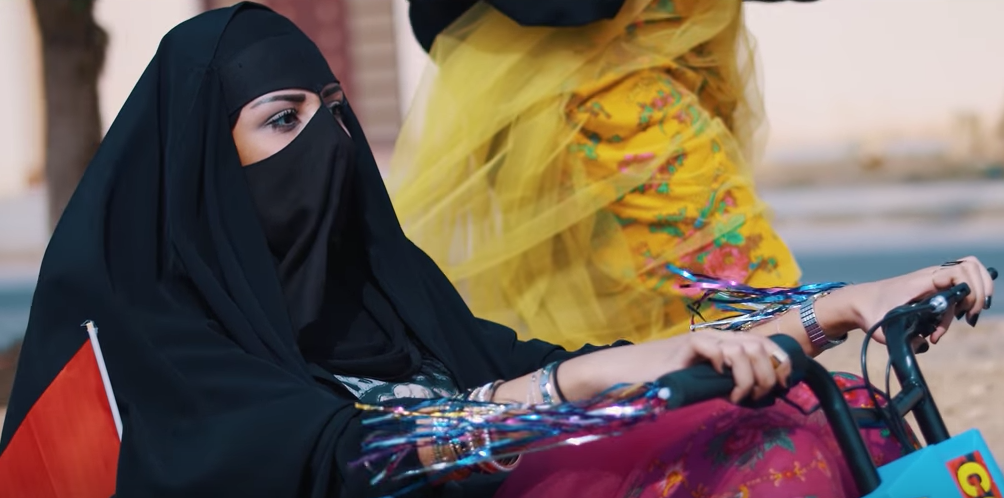Photo Courtesy of The New York Times
A longstanding misogynistic decree that banned women from driving in Saudi Arabia was lifted on Sept. 26 by King Salman, but anyone who thinks that this decree won’t be met with active resistance is fooling themselves.
Story by Rimsha Syed
Despite the fact that women weren’t technically prohibited from driving by law, local authorities repressed women by refusing to give them a driver’s license, which resulted in the de facto ban. Upholding a patriarchal regime and adhering to a highly sexist social system was justification enough to restrict a woman’s freedom.
Although this decree is a victory for female activists everywhere, Saudi women are still subjected to oppressive male guardianship that requires permission from a male relative (father, brother, son, or husband) to do nearly anything, including driving. According to The New York Times, It wasn’t until May of 2017 that women were granted the right to benefit from government programs such as healthcare and education without male consent.
Cultural and contextual factors in modern Saudi society make women more likely to suffer from various mental health disorders including depression, anxiety and eating disorders. Studies also show that at least 1,000 Saudi Arabian women leave the country each year due to the social constraints of ingrained misogyny.
Just this year pop song Hwages, loosely translated as “concerns,” featuring a group of Saudi women riding scooters, went viral. Hwages delivered a political message aimed at highlighting the ridiculousness of male guardianship with lyrics like “may men go extinct, they cause us to have mental illnesses.”
While the driving ban victory is still fresh, Saudi women’s rights activists are quickly tackling new hurdles in hopes of dismantling the guardianship system. Women in Saudi are not able to make major decisions without male permission, subject to strict dress codes, and forced to limit the amount of interactions they have with men, amongst other unusual restrictions, according to Saudi law.
A transformation is under way, but westerners with interest in women’s rights need to first take time to understand not only Saudi history but also the United States’ and its participation in further corruption. The US-Saudi relationship stretches back to 1933, the kickoff of oil exploration in the kingdom. Although nationalistic media coverage portrays a need for the US to intervene, the presence of US military has created more extremist groups. During the cold war, the US intentionally funded extremist groups to battle communism. In order to realistically address issues pertinent to Saudi women, it is important to refrain from focusing on changes that mean little to the majority of Saudi women.
It is no surprise that the driving decree was met with endless praise. Unfortunately, it is unrealistic to believe that a decree allowing women to drive would suddenly be implemented in a patriarchal atmosphere. Western feminists failed to realize that simple solutions are deceitful and tend to cover up systematic problems; simply uplifting a ban pays no homage to the real complications of faith and gender. The tea is that the pronouncement that women are still unable to drive without male permission silences larger issues of lack of freedom, and women’s rights activists should work together to dismantle this oppressive regime.












































